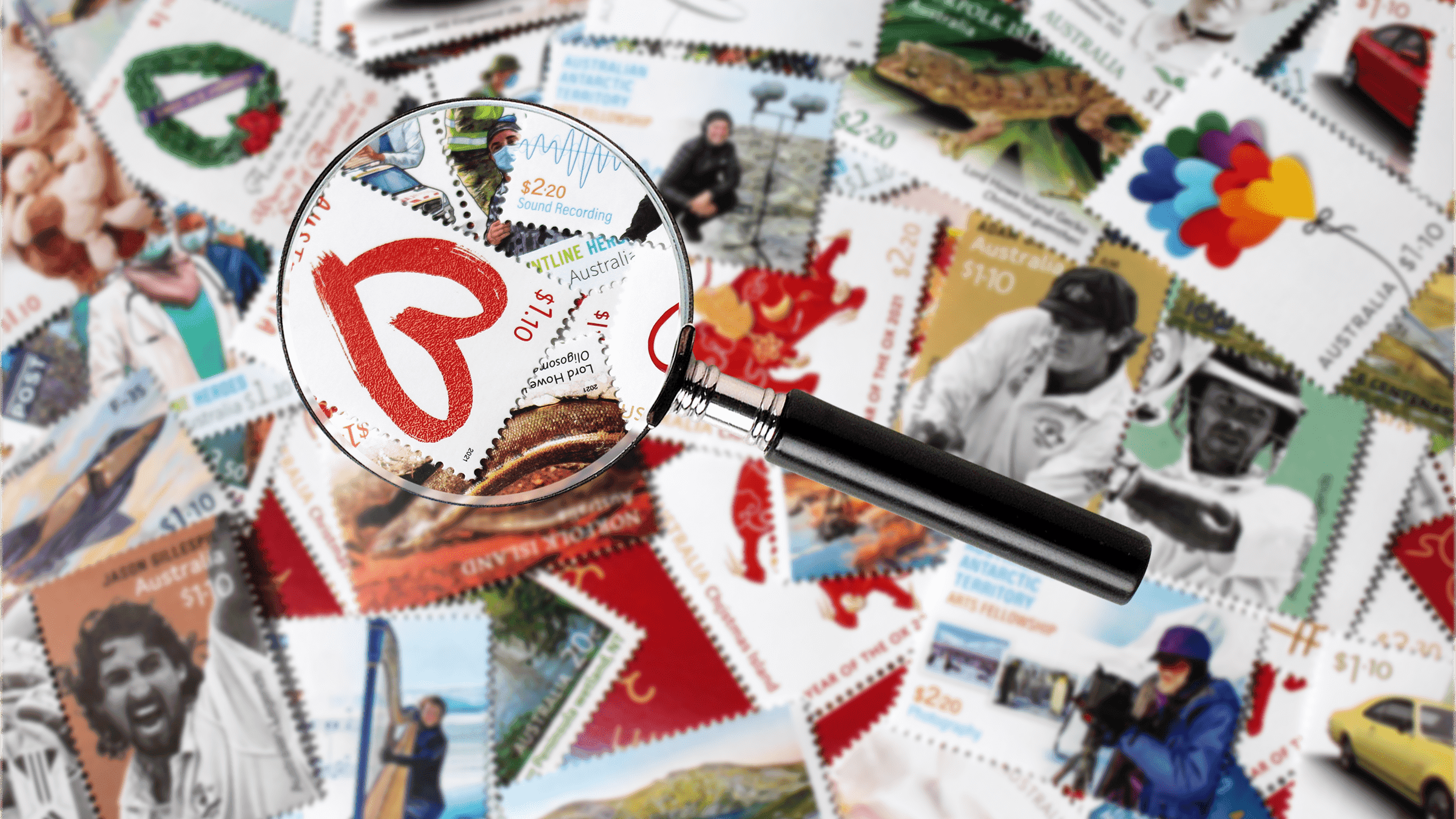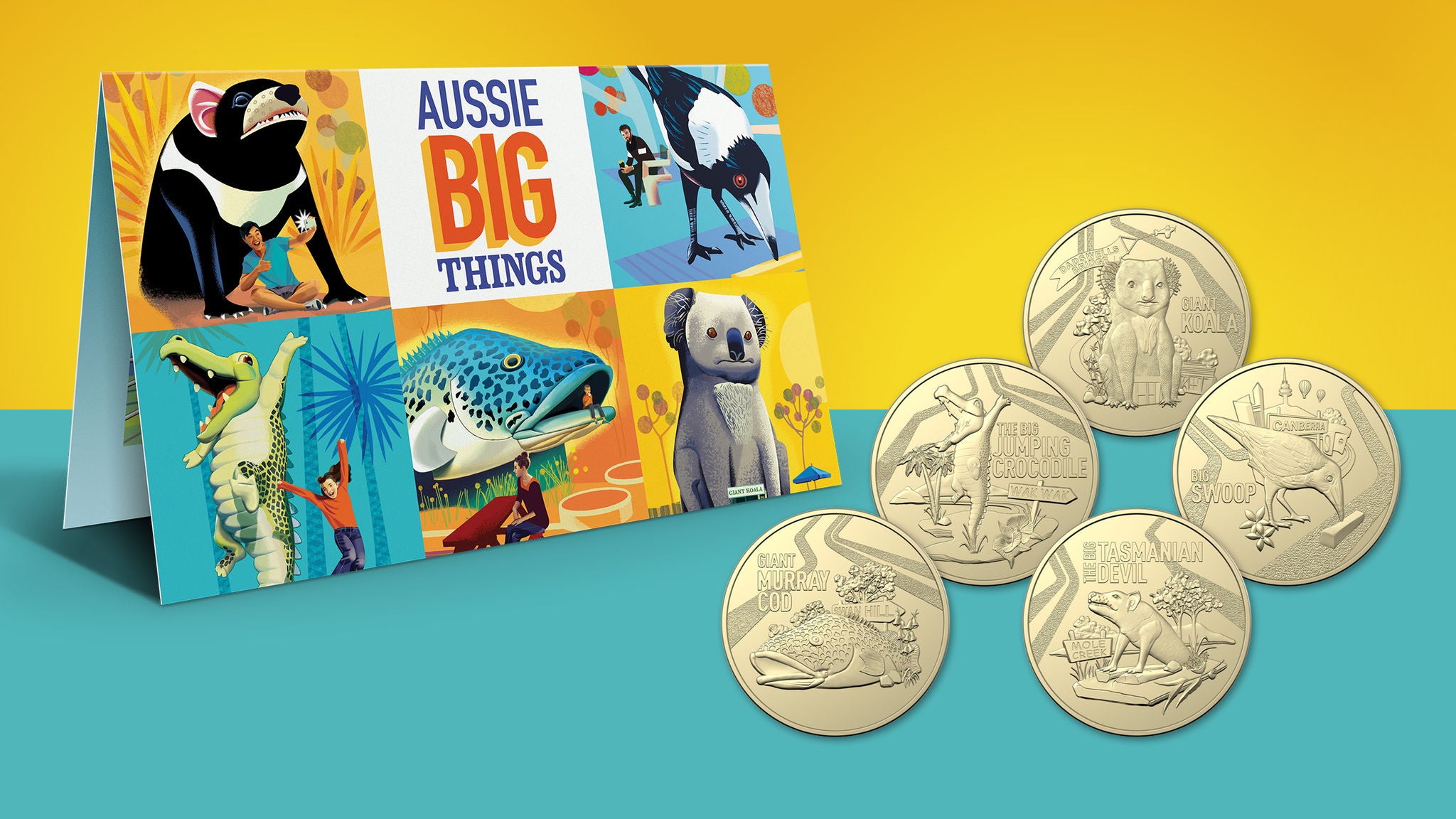
The Pen Pal Club
Pen pal letter writing is a fun, creative and rewarding way for your students to practice literacy and communication. Use our lesson plans, sample templates and/or join our Pen Pal Club to get started.
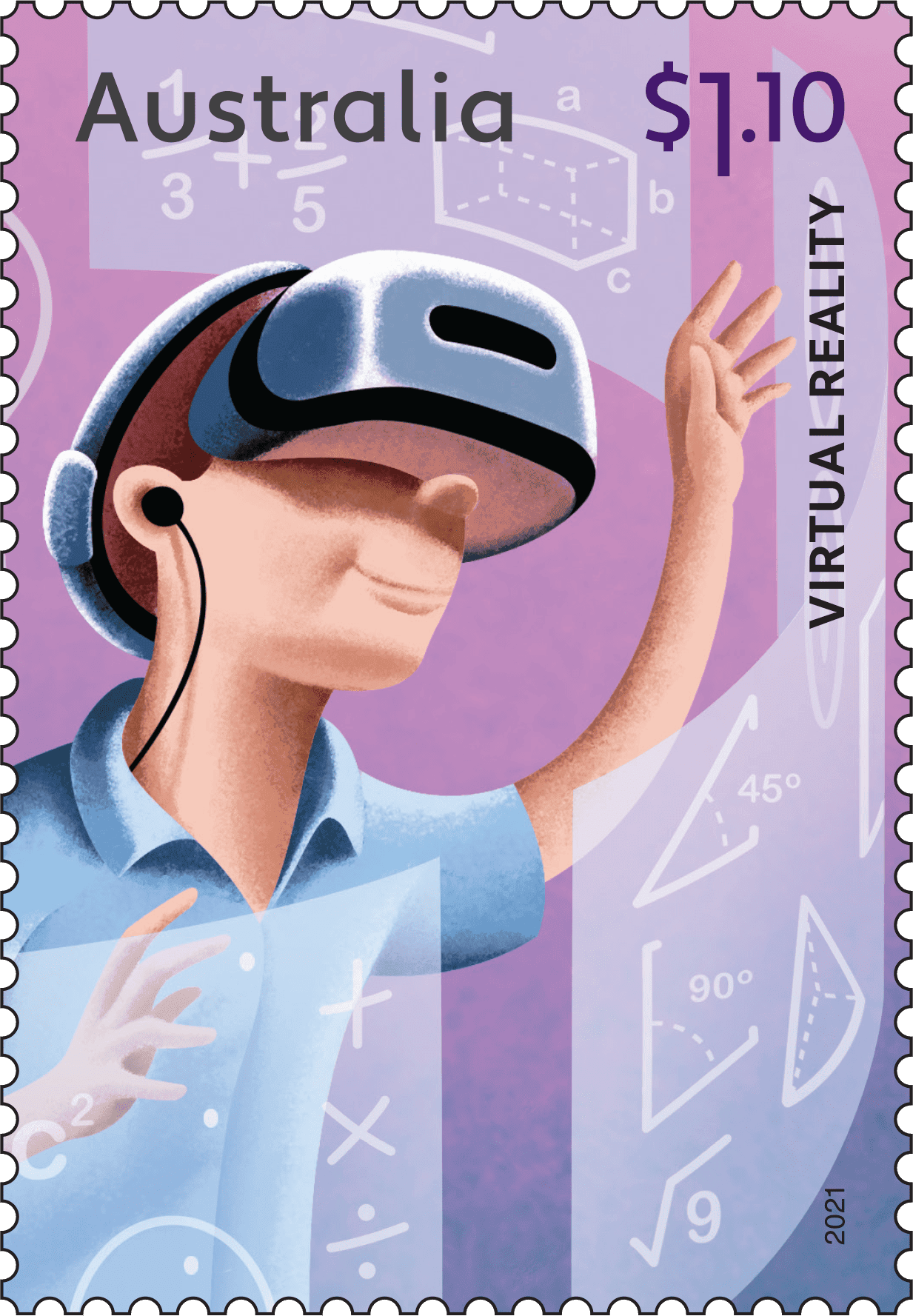
Virtual reality is a digital, computer-generated, three-dimensional experiential environment. This technology is increasingly being used in Australian schools to increase student engagement. By using a VR headset with embedded educational resources, students can gain access to enhanced interactions that are not practical or possible in the real world. VR can be used to explore the inside of the human body or the structure of Earth, an encounter with a dinosaur or a burial chamber in an ancient Egyptian pyramid. It can also be used to solve problems such as environmental waste, by using a design thinking model. The potential is almost limitless. Fully immersive VR stimulates the senses of vision, hearing and sometimes touch. VR can be used with the entire class, or individual students can use it for independent learning.
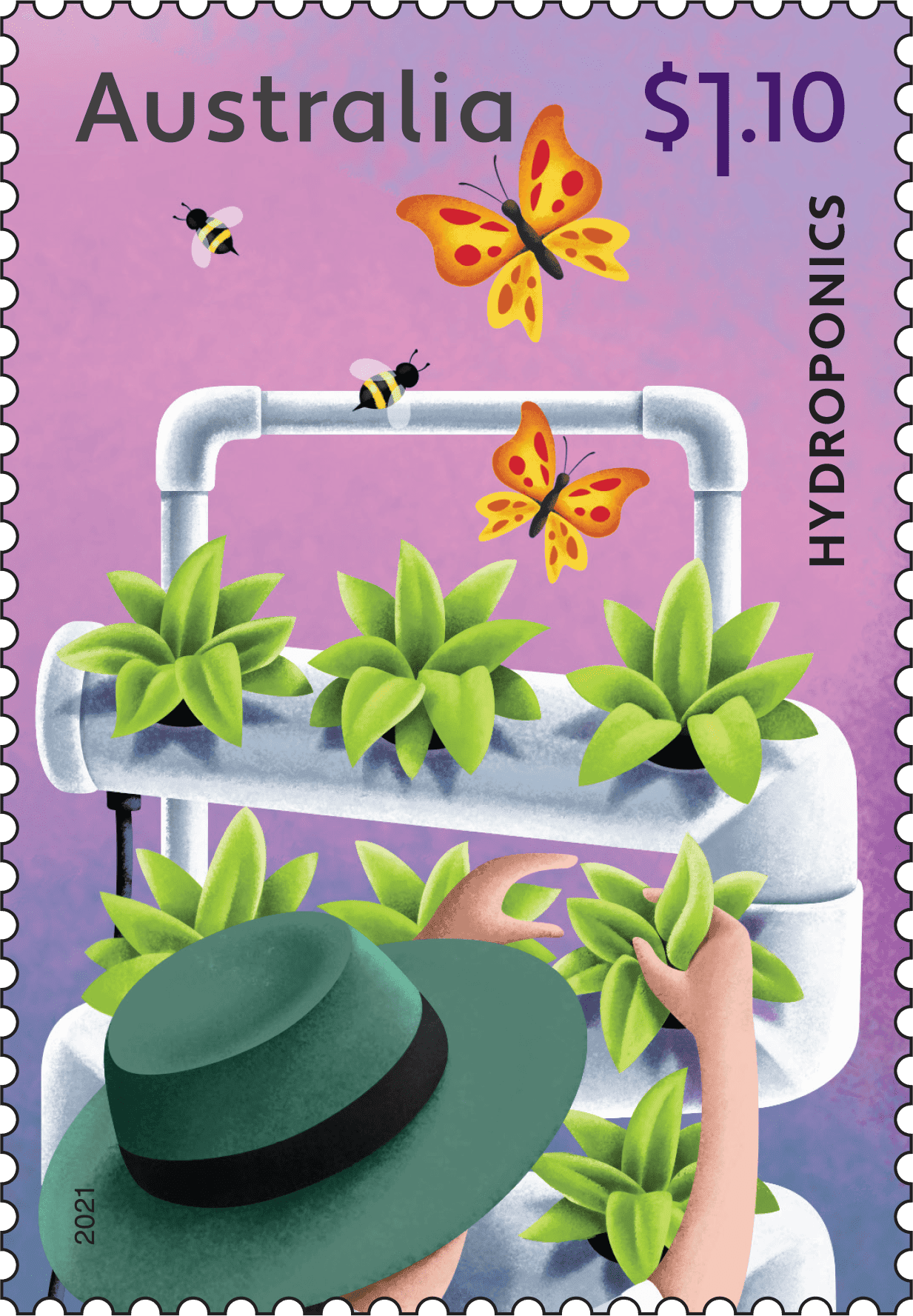
The topical subject of environmental sustainability is an important subject in today’s classrooms. Hydroponics is a method of growing plants without soil by using mineral nutrient solutions in an aqueous solvent. This method uses much less water than traditional farming, so has obvious application in countries without access to plentiful water. A hydroponic garden in the school will introduce students to the science of plants, good nutrition, and the benefits of reducing carbon miles by growing your own food. It can also assist mathematics skills as students must calculate correct nutrient and water levels for successful plant growth.
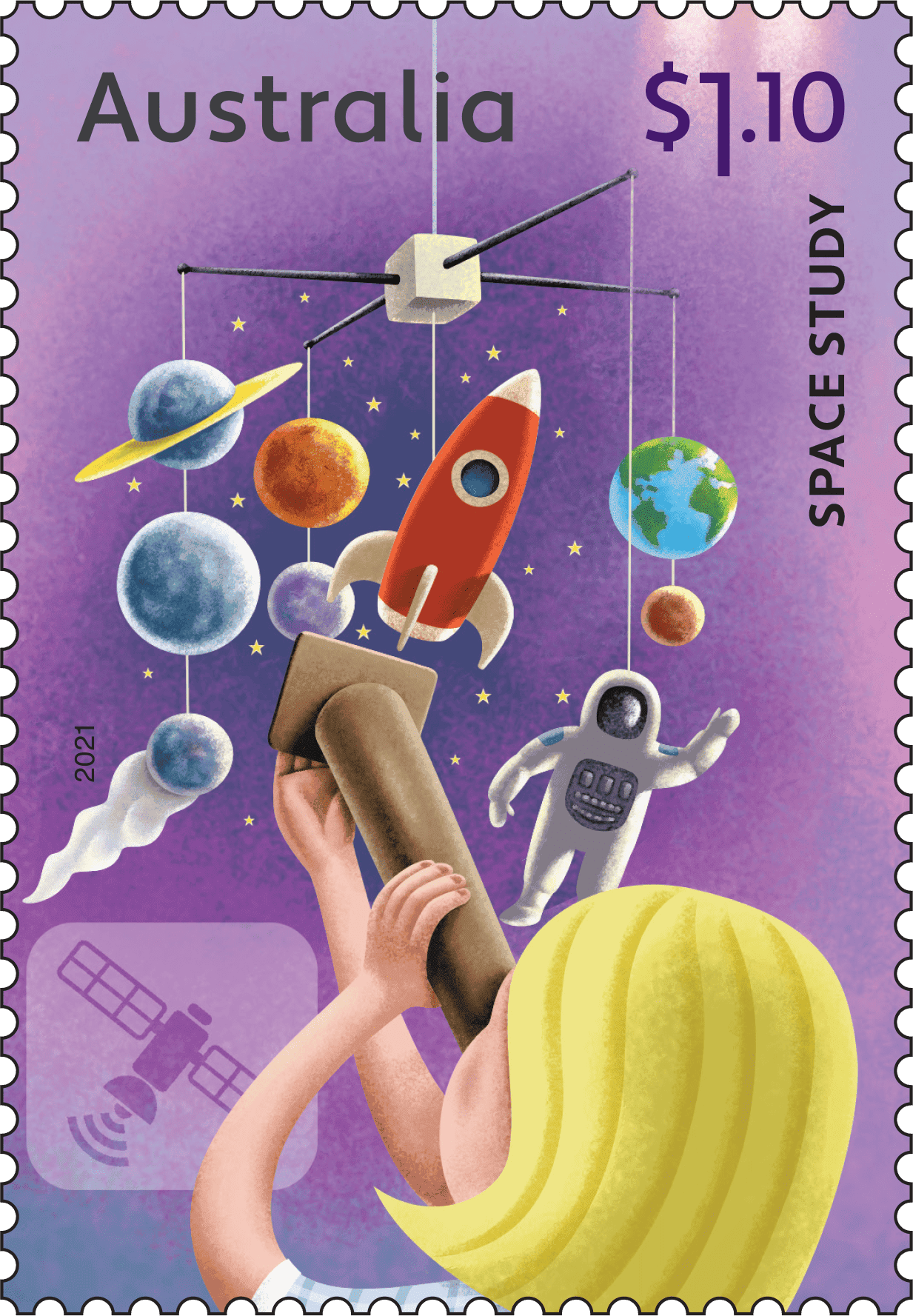
Space science is a perennial favourite with students and, with the recent landing on Mars of the NASA rover Perseverance, also very topical. The mysteries of the galaxies, nebulas, black holes and stars transfix children, and the study of infinite space helps them understand their own place in the universe. Organisations such as the Victorian Space Science Education Centre, established by the Victorian government, engage students and teachers with a range of facilities, such as a simulated Mars surface room, a mission control centre and a laboratory. Other programs and online topics at the centre include astrophysics, quantum computing and Newton’s Laws of Motion. Other centres, such as Science Space in New South Wales, offers students exciting immersive space experiences.
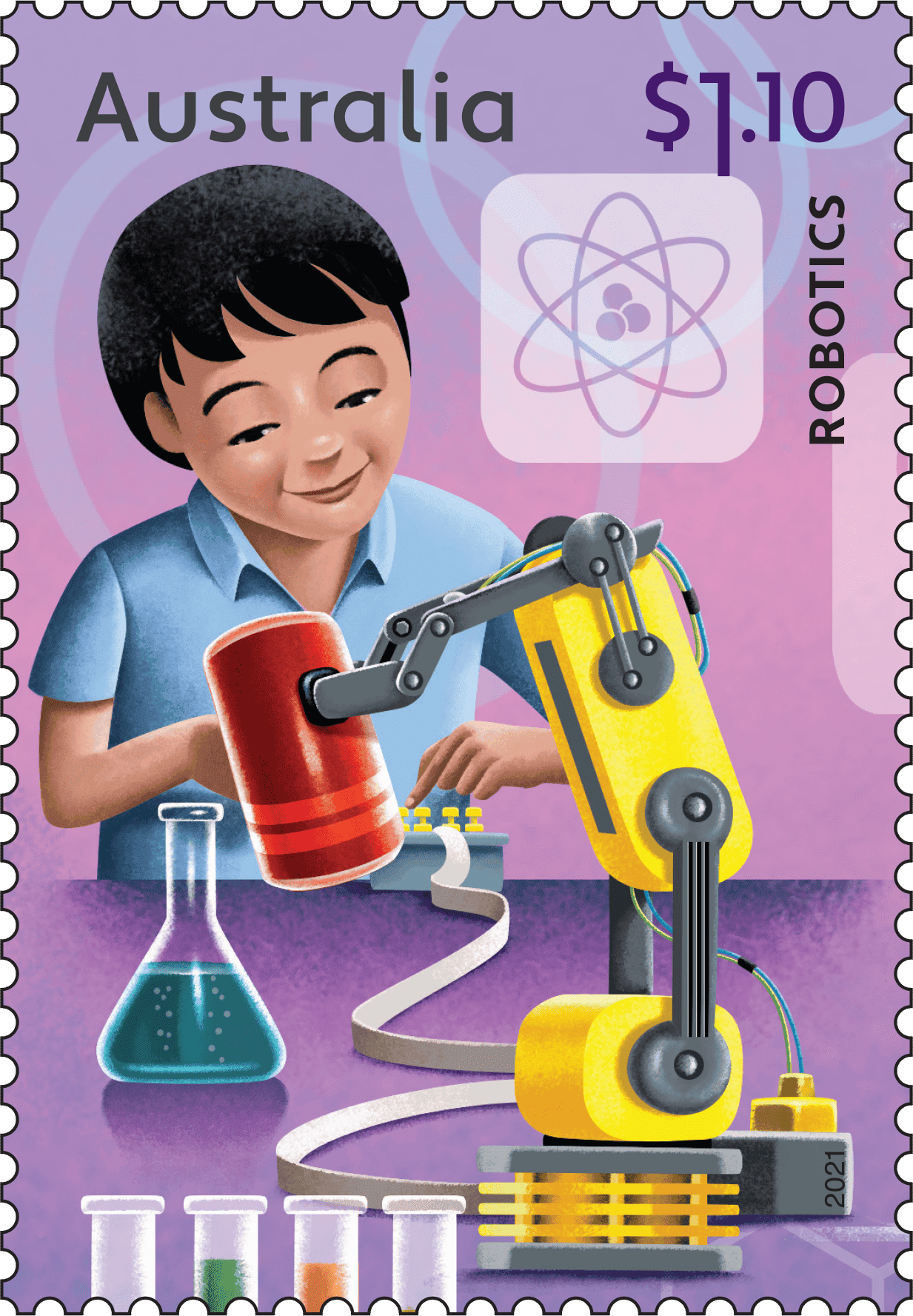
A robot is a computer-programed machine that substitutes or replicates human actions. Robots are increasingly being used to carry out repetitive, routine tasks in industry, or delicate operations requiring great precision in medicine. The science of robotics is a growing area of interest in the school curriculum. Robotics can teach students about programming, computational thinking, mechanical engineering, sequencing and directional language. Robotics is also fun and encourages collaborative learning. Various platforms are available that are suitable for different classroom levels, from basic to sophisticated. RoboCup Junior Australia runs robotic competitions and workshops for teams of two to five students from any school, at a regional, state and national level.
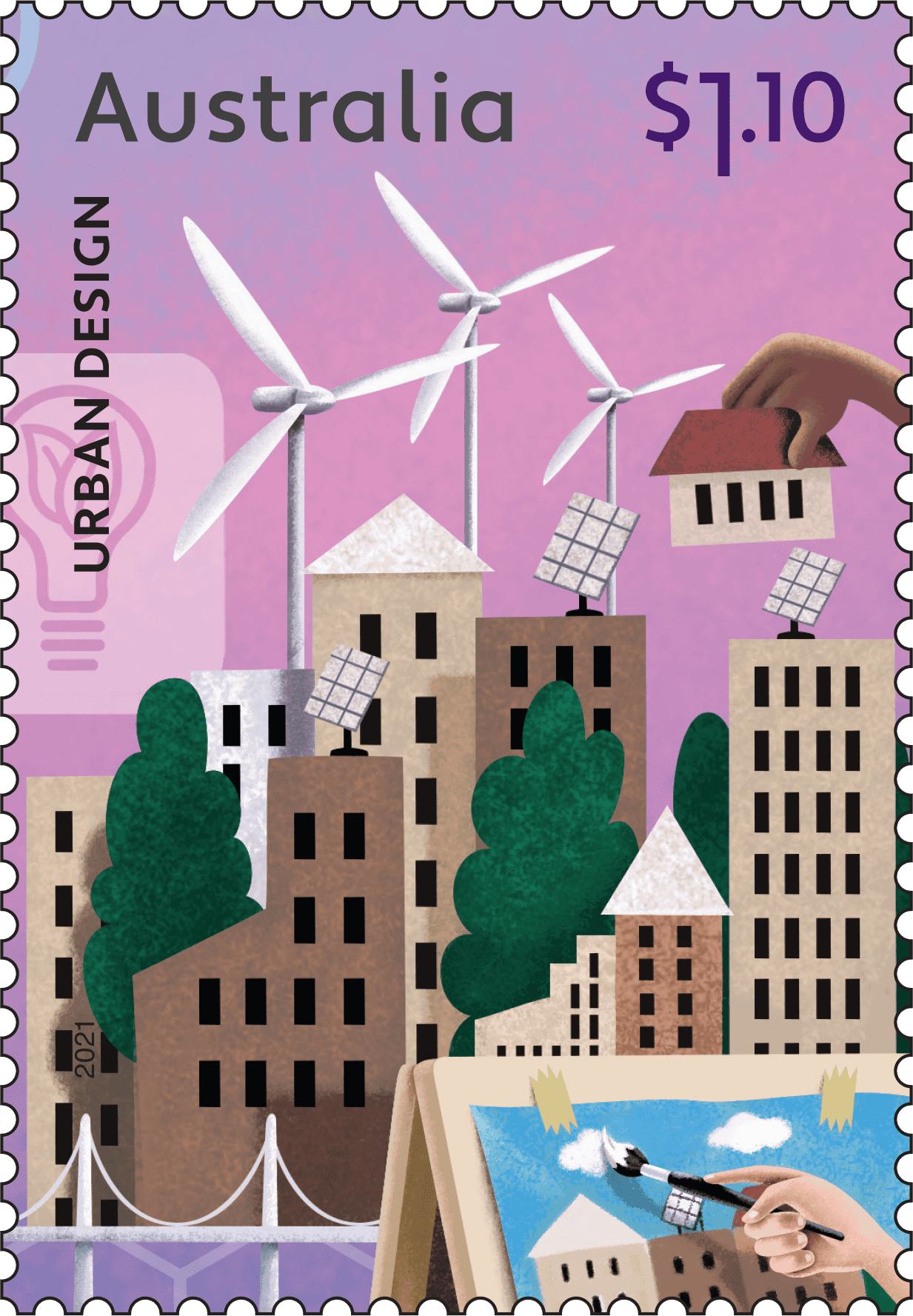
The Design and Technologies curriculum asks that students create design solutions across a range of technologies and contexts. Students consider the economic, environmental and social impacts of technology, using critical thinking to assess the project’s applicability. One such project might involve designing an urban environment, where the student must take various factors into consideration, such as liveability, sustainability, the type of materials that should be used, the social implications of the particular design as well as its aesthetic appeal. The task would encourage dexterity, creativity and possibly also computer literacy in 3D modelling.
If you’re a parent, caregiver or teacher, here are some free resources to share with children. Want some more advice on stamp collecting? Read our tips on starting a collection.

Pen pal letter writing is a fun, creative and rewarding way for your students to practice literacy and communication. Use our lesson plans, sample templates and/or join our Pen Pal Club to get started.
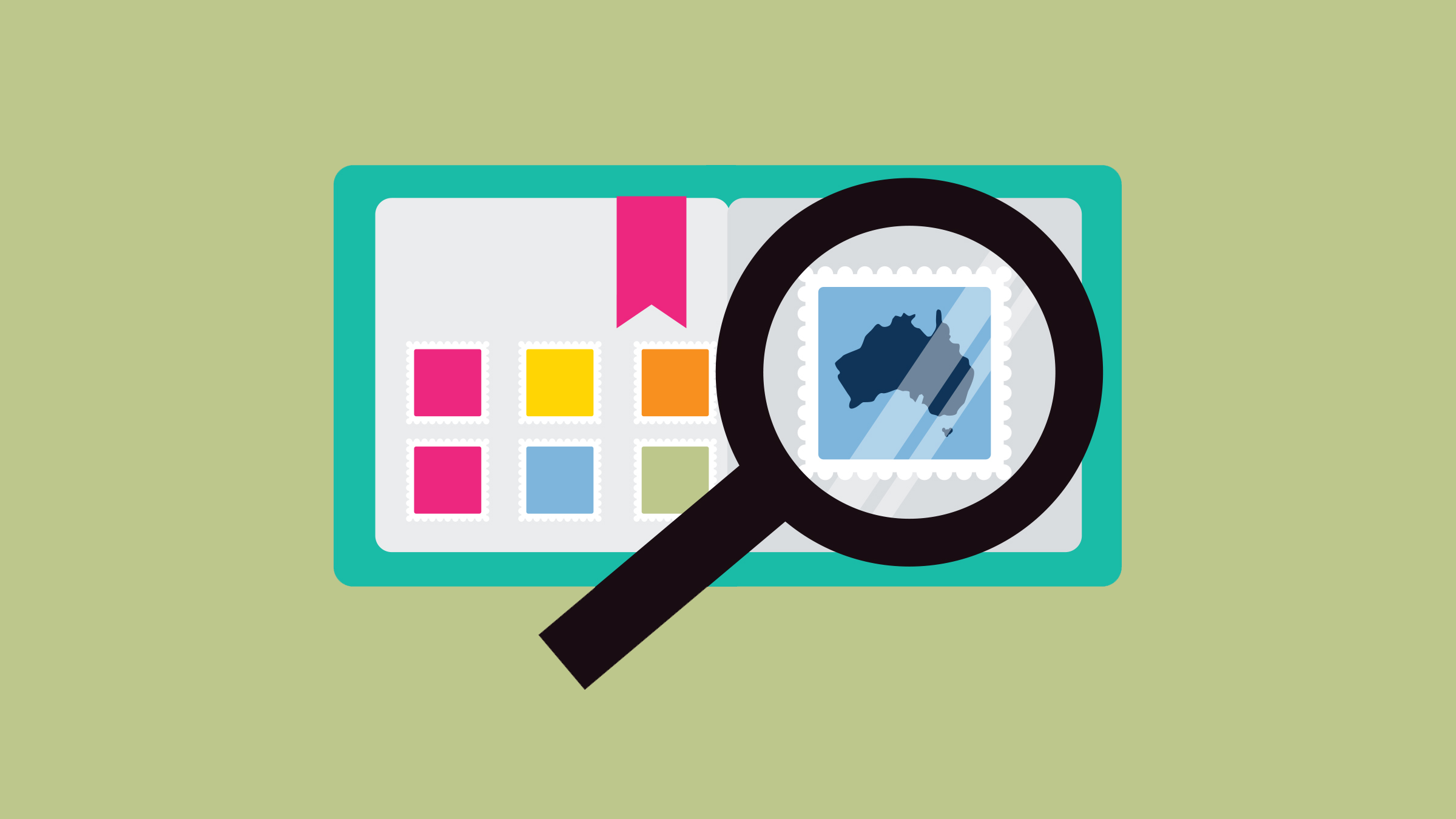
Check out our three lesson plans on how students can learn about the history and creation of stamps.
